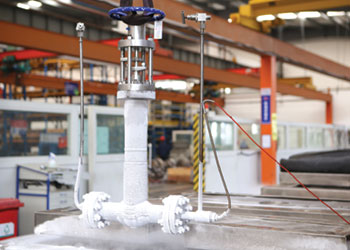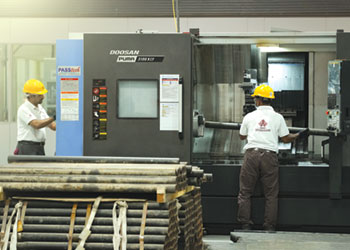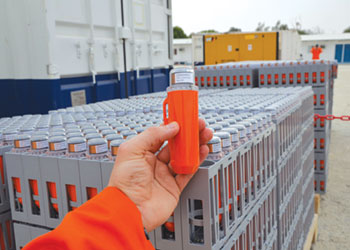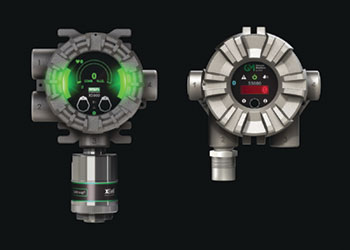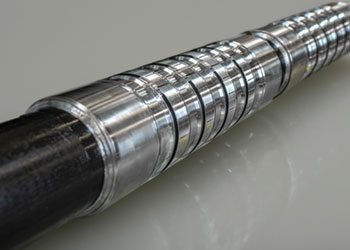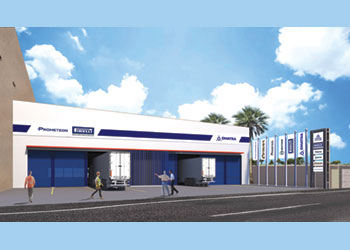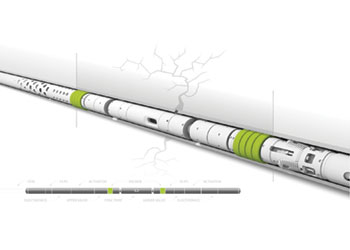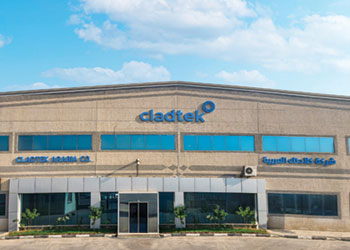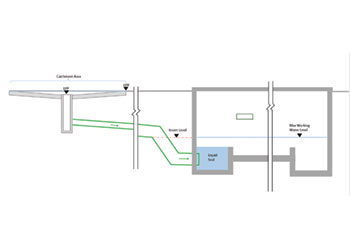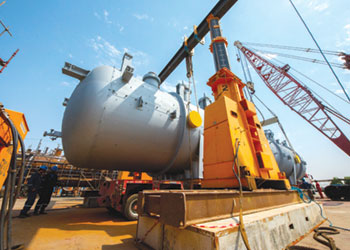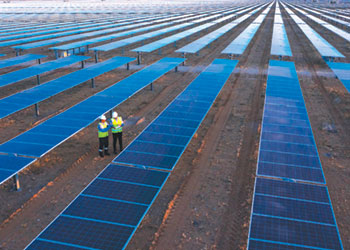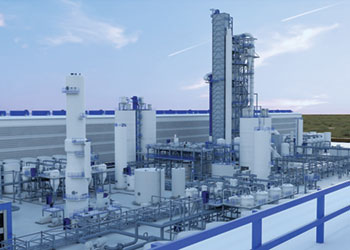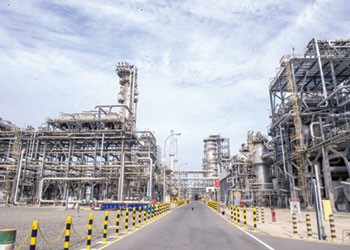
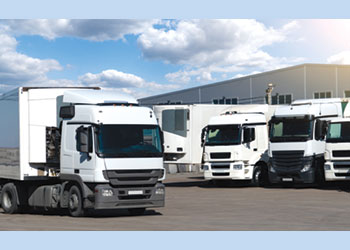 BEVs will close in on ICE and other powertrains towards the end of the decade
BEVs will close in on ICE and other powertrains towards the end of the decade
As EVs challenge ICE and other powertrains, it also highlights the potential opportunitiesfor the lubricants market for reformulation and development of new products designed specifically for electric
The global commercial vehicle market is undergoing a period of significant change, as it moves over the next 15-20 years towards a large majority of annual registrations comprising electric, hydrogen or bio-fuel vehicles.
By 2030, 7 per cent of trucks on the road are expected to be battery electric vehicles (BEVs), growing from a negligible amount today to around 1 per cent by 2025 and increasing sharply towards the end of the decade. This will have an impact throughout the whole value chain and market.
As total cost of ownership (TCO) comes down, sales of commercial electric vehicles are due to go up.
The ‘Global Truck, Bus and Off-highway Vehicle Electrification and Alternative Fuel’, report by Interact Analysis found TCO is the leading factor in commercial vehicle purchases, with a number of other factors affecting adoption of BEVs, including higher upfront costs, resistance to change, lower range for electric vehicles, lack of charging infrastructure and unfamiliarity.
Analysis of historical data shows BEVs only start to win significant market share when the overall TCO advantage is in the range of 20 per cent-50 per cent, with 20 per cent seeing the majority of purchasers stick with internal combustion engines (ICEs) and 50 per cent seeing most make the switch to battery vehicles.
As TCO for commercial electric vehicles falls, demand for diesel will decline slowly at first, but the pace of decline will accelerate out to 2030 as electric buses and trucks become more popular.
TCO is not as strong for hydrogen fuel cell (HFC) and hydrogen internal combustion engine (H2 ICE) vehicles and so they have a much lower share of the commercial vehicle market.
The report shares some of its findings about electrification and alternative fuels in the commercial vehicle market, looking at how the market for fuel and lubricants will develop out to 2030 and beyond.
CHALLENGES & OPPORTUNITIES FOR LUBRICANT SECTOR
The report anticipates a fall in demand for diesel fuel that will accelerate towards 2030. However, it also highlights the potential opportunities, particularly within the lubricants market, for reformulation and development of new products designed specifically for electric, hydrogen and hybrid powertrains, which have different parts moving at different speeds.
Although electric vehicles are simpler and tend to need less lubricant than internal combustion engines, there is potential to improve performance and energy efficiency and reduce power demand for BEVs.
Within commercial vehicles, the truck market represents the greatest opportunities for innovation, as it is the largest market and products have very similar design and components. Most truck units sold are in the utility and light-duty segments.
However, larger vehicles tend to consume far more fuel and lubricants and so represent a strong market for companies in the sector.
The report demonstrates that towards the end of the decade unit shipments for BEVs will close in on those of ICE and other powertrains. Although the report demonstrates steady progress for BEVs overall, there will be surges in different vehicle types in certain countries over this period.
For example strong growth in 2023 in buses in Germany, while long-haul trucks will see rapid growth towards the end of the analysis period.
The expectation is that this growth trend will continue and accelerate so that BEV shipments overtake other powertrains in the early 2030s.
By 2040 penetration of electric vehicles is predicted to reach more than 90 per cent in China, Europe and North America, and more than 70 per cent in Latin America, Africa, South-East Asia and India.
In addition, China is ahead of Europe, the Middle East and Africa (EMEA) and far ahead of Americas for BEV truck sales in 2021, with the relevant amount of government support in each region or country (both now and 5-10 years ago) being a factor.
However by 2023 the Americas, led by the US, is forecast to catchup and after that continue to grow and establish a lead. Pickup trucks will play a major role in this, led by the Ford F-150 Lighting, with the Tesla Cybertruck another vehicle that is expected to achieve strong sales.
The US is able to catch China for BEV trucks because it has a larger amount of total trucks (including non-electrified vehicles) than China. This is partly because the 'utility truck' category in this report includes pickup trucks and other commercial vehicles that in practice are not used only for businesses, thus creating a larger market.
EMEA is also seeing growth, in areas such as vans (such as the Ford Transit) that are expected to do well in 2022 and 2023 in the UK and some European countries.
With the number of battery electric medium and heavy duty trucks registered in China as high as 24,075 and only 7,965 for the rest of the world combined (for a total of 32,040), it should come as no surprise that 9 of the top 10 truck manufacturers are from China. Sany, Chinese multinational heavy equipment manufacturing company, was the leader with 13 per cent market share in 2022.
The off-highway market is transitioning to alternative fuels more slowly, with some areas such as smaller forklifts moving more rapidly towards electrification than areas such as large agricultural or port machinery. Hydraulics look here to stay in the off-highway sector throughout the current decade and will continue to require hydraulic fluid and lubricant.
Material handling solutions, such as forklifts and AWPs are electrifying fastest, as they are low intensity and easy to charge, followed by compact construction equipment such as smaller excavators and skid steers.
However, electrification still has a long way to go in most off-highway applications, with electrification of machines deployed at remote locations and large equipment lagging behind.
According to Alastair Hayfield, Director at Interact Analysis: 'The fuel and lubricants market is on course to get smaller over time, but with the growing trend towards biofuels and hydrogen fueled vehicles, opportunities still remain. For lubricants, electric vehicles have different demands, so there will need to be reformulation of products to meet these changing requirements and applications.'
He adds: 'Businesses in the fuel and lubricants sector should make sure they keep an eye on the electrification and alternative fuel trend, as there is no doubt it will affect your business, with changes to the market taking place now and set to accelerate within the current decade. However, don’t panic. There is time to transition; to train, develop and build up your supply chain.'











































































